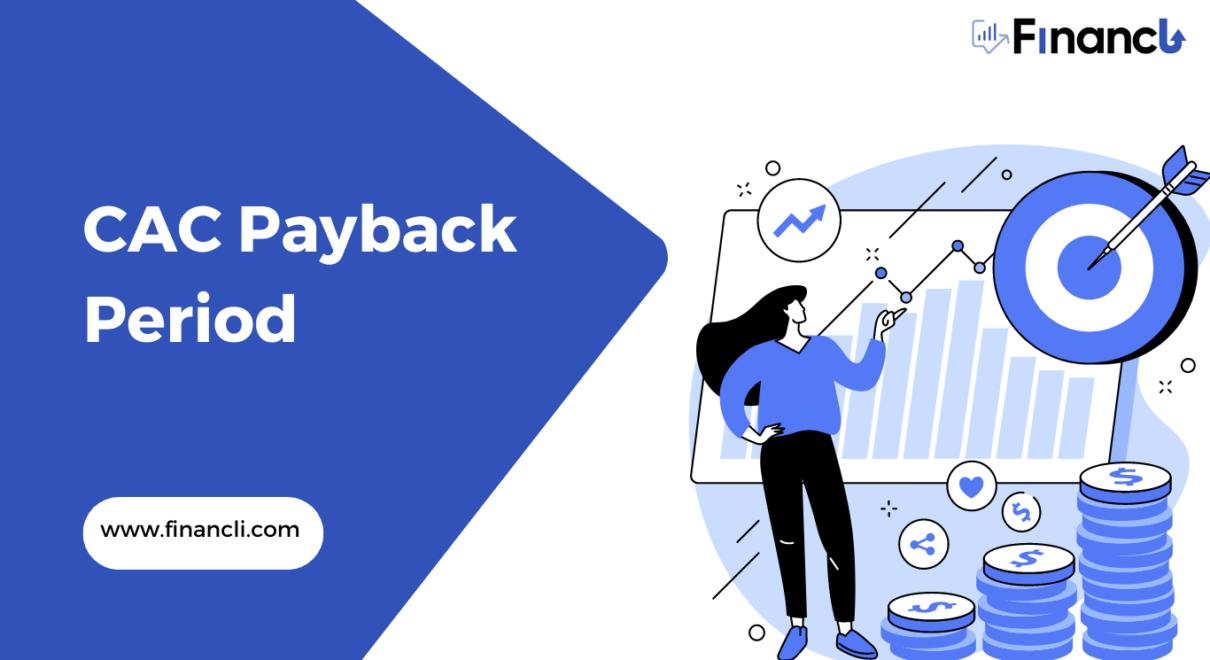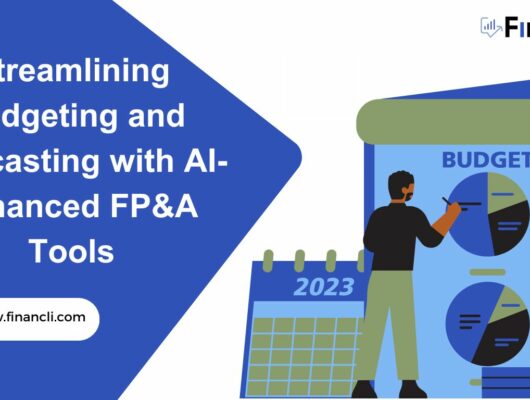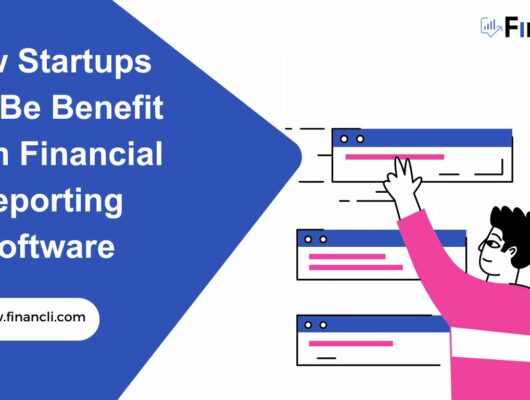CAC Payback Period
The CAC payback period is a financial metric measuring the time it takes for a business to recover the cost of acquiring a new customer. CAC stands for customer acquisition cost, which includes all the expenses associated with acquiring a new customer, such as marketing, sales, and advertising costs.
A shorter CAC Payback Period is generally better, as it indicates that the business is able to recoup the cost of acquiring a new customer quickly, which improves the overall return on investment (ROI) for customer acquisition efforts.
Formula
The formula for CAC Payback Period is:
CAC Payback Period = CAC / (Monthly Recurring Revenue per Customer x Gross Margin)
Where:
- CAC is the cost of acquiring a new customer
- Monthly Recurring Revenue per Customer is the amount of revenue generated by a customer each month
- Gross Margin is the percentage of revenue that is profit after deducting the cost of goods sold.
The CAC Payback Period measures the number of months it takes to recover the cost of acquiring a new customer. Therefore, a lower CAC Payback Period indicates a higher return on investment (ROI) for customer acquisition efforts, as the revenue generated by each customer can recoup the cost of acquiring them in a shorter time.
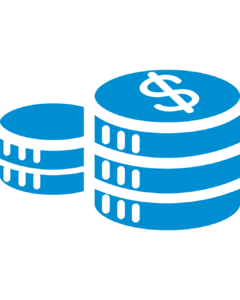
Let’s consider an example to illustrate this formula:
Suppose a software company spent $50,000 on marketing and advertising in a month and acquired 500 new customers during that period. The monthly recurring revenue per customer is $100, and the gross margin is 75%. Using these numbers, we can calculate the CAC Payback Period as follows:
CAC = $50,000 / 500 = $100 per customer
Monthly Recurring Revenue per Customer = $100
Gross Margin = 75% = 0.75
CAC Payback Period = $100 / ($100 x 0.75) = 1.33 months
This means that it would take approximately 1.33 months or 40 days for the revenue generated by each new customer to cover the cost of acquiring that customer. However, suppose the company can retain each customer for a longer period of time. In that case, the customer will continue to generate revenue that contributes to the company’s profits beyond the CAC Payback Period.
Importance of CAC Payback Period in SaaS
The CAC Payback Period is a critical metric for SaaS (Software-as-a-Service) companies for the following reasons:
- Helps to determine customer acquisition efficiency: By measuring the time it takes for a company to recover the cost of acquiring a new customer, the CAC Payback Period can indicate how efficient the company’s customer acquisition efforts are. A shorter CAC Payback Period means that a company is acquiring customers efficiently, while a more extended CAC Payback Period indicates that customer acquisition efforts may need improvement.
- Helps to forecast revenue growth: The CAC Payback Period can also be used to forecast future revenue growth. By tracking changes in the CAC Payback Period over time, a company can estimate how long it will take to recover the cost of acquiring new customers and how much revenue to generate from them.
- Helps to optimize customer acquisition costs: The CAC Payback Period can help a SaaS company to optimize customer acquisition costs. By identifying the most effective channels for acquiring new customers, a company can allocate resources to these channels and reduce investment in less effective channels, leading to a more efficient and cost-effective customer acquisition strategy.
- Helps to evaluate the health of a SaaS business: The CAC Payback Period is a critical metric for evaluating the health of a SaaS business. For example, suppose the CAC Payback Period is too long. In that case, it can indicate that the business is not generating sufficient revenue to cover its costs, leading to cash flow problems and potentially threatening the company’s long-term viability.
In summary, the CAC Payback Period is a critical metric that can help SaaS companies evaluate the efficiency of their customer acquisition efforts, forecast revenue growth, optimize customer acquisition costs, and evaluate the business’s overall health.
What is an Ideal CAC Payback Period?
The ideal Customer Acquisition Cost (CAC) Payback Period is the length of time it takes for a business to recover the cost of acquiring a customer through the revenue generated from that customer. In general, a shorter payback period is better because it means that the business can recover its customer acquisition costs more quickly, improving its cash flow and profitability.
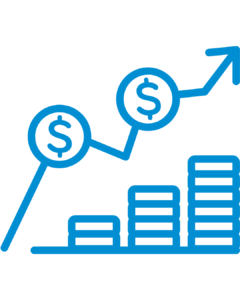
The specific ideal CAC Payback Period will vary depending on the business model, industry, and other factors. Generally, a payback period of 12 months or less is considered suitable for most businesses. However, a more extended payback period may be acceptable for some industries with longer sales cycles or higher customer lifetime values.
It’s important to note that while a shorter payback period is desirable, it’s not the only factor to consider when evaluating the success of a customer acquisition strategy. Other metrics, such as customer retention rates, lifetime value of customers, and overall profitability of the business, should also be taken into account.
How to Reduce CAC Payback Period?
Reducing the CAC Payback Period is critical for SaaS companies to improve the efficiency and profitability of their customer acquisition efforts. Here are some strategies that can help reduce the CAC Payback Period:
- Optimize pricing strategy: Adjusting the pricing strategy can help improve the CAC Payback Period. For example, offering discounts for longer subscription periods can improve the customer’s lifetime value, increasing the revenue generated from each customer.
- Refine target market: Focusing on the right target market can help reduce the CAC Payback Period. Refining the target market to a more specific customer segment can increase the effectiveness of marketing efforts and reduce acquisition costs.
- Improve sales process: Improving the sales process can help reduce the CAC Payback Period. For example, optimizing the sales funnel, offering a seamless customer experience, and implementing effective lead-nurturing strategies can help reduce the time it takes to acquire and convert new customers.
- Enhance marketing strategy: Enhancing the marketing strategy can help reduce the CAC Payback Period. For example, targeted marketing efforts, such as search engine marketing, social media advertising, or content marketing, can help generate leads and convert them into paying customers more efficiently.
- Increase customer retention: Increasing customer retention can help reduce the CAC Payback Period by increasing the lifetime value of each customer. This results from providing excellent customer service, offering regular updates and new features, and implementing customer loyalty programs.
In summary, reducing the CAC Payback Period requires a combination of strategies aimed at improving customer acquisition, retention, and revenue generation. By implementing these strategies, SaaS companies can improve the efficiency and profitability of their customer acquisition efforts and achieve long-term business growth.
SaaS Industry Benchmarks for CAC Payback Periods
In the SaaS industry, the ideal CAC Payback Period can vary depending on the stage of the company and its growth goals. However, some standard benchmarks for SaaS companies include the following:
- Seed Stage: A CAC Payback Period of 12-18 months for early-stage SaaS companies is generally acceptable, as these companies are still investing heavily in customer acquisition and building out their product.
- Early Growth Stage: A CAC Payback Period of 6-12 months is generally considered suitable for SaaS companies in the early growth stage. These companies are starting to see more revenue from their existing customer base and are likely looking to expand their customer acquisition efforts.
- Mature Stage: For mature SaaS companies, a CAC Payback Period of 6 months or less is generally excellent, as these companies have established product-market fit, have a solid customer base, and are focused on scaling their operations and increasing profitability.
It’s worth noting that these benchmarks are not absolute and can vary depending on the specific business model, industry, and other factors. Additionally, SaaS companies may use different metrics or combinations of metrics to evaluate the efficiency of their customer acquisition efforts, such as Customer Lifetime Value (CLV) or Customer Acquisition Cost (CAC) ratios.
Limitations
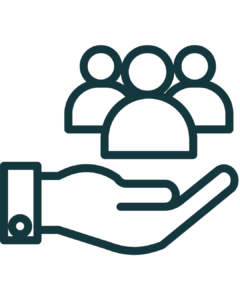
While the CAC Payback Period is a valuable metric for evaluating the efficiency of customer acquisition efforts, there are some limitations to consider:
- It’s a short-term metric: The CAC Payback Period only takes into account the revenue generated from a customer in the first year, which may not reflect the long-term value of that customer to the business. For example, a customer with a low initial purchase value but who becomes a loyal, high-spending customer over time would have a longer payback period, even though they may be highly valuable to the business in the long run.
- It doesn’t consider the cost of capital: The CAC Payback Period does not take into account the time value of money, which can be a significant factor in determining the actual cost of acquiring a customer. For example, if a business is using borrowed capital to acquire customers, the interest expense on that capital determines the actual cost of customer acquisition.
- It may not be comparable across industries: Different industries have different sales cycles and customer lifetime values, which can affect the ideal CAC Payback Period. Comparing the payback period of a business in one industry to another may not be meaningful if the two companies have different sales cycles or customer value profiles.
- It doesn’t account for customer acquisition costs that are difficult to quantify: Some customer acquisition costs, such as brand awareness advertising, may be difficult to attribute directly to a specific customer acquisition.
- Overall, the CAC Payback Period can be a valuable metric for evaluating the efficiency of customer acquisition efforts. Still, it should be used in conjunction with other metrics and considered in the context of the specific business and industry.
CAC Payback Period: Companies Examples
Here are a few examples of companies and their CAC Payback Periods:
- Hubspot: This marketing and sales software company has reported a CAC Payback Period of 12 months or less, which is considered suitable for a software-as-a-service (SaaS) company.
- Amazon: According to some estimates, the CAC Payback Period for Amazon’s Prime program is around 2 years. This reflects the fact that Amazon invests heavily in customer acquisition but also generates significant long-term value from Prime members through increased customer loyalty and higher lifetime value.
- Dollar Shave Club: This subscription-based razor company reportedly had a CAC Payback Period of around 6 months before Unilever acquired it. This reflects the company’s strong focus on customer acquisition and its ability to generate recurring revenue from its subscription model.
- Airbnb: According to some estimates, the CAC Payback Period for Airbnb is around 2 years. This reflects the fact that the company invests heavily in customer acquisition but also generates significant long-term value from repeat bookings and increased customer loyalty.
It’s worth noting that CAC Payback Periods can vary widely depending on the business model, industry, and other factors. These examples give a sense of what a good CAC Payback Period might look like in different contexts. Still, evaluating each company’s performance in the context of its specific business and industry is essential.

